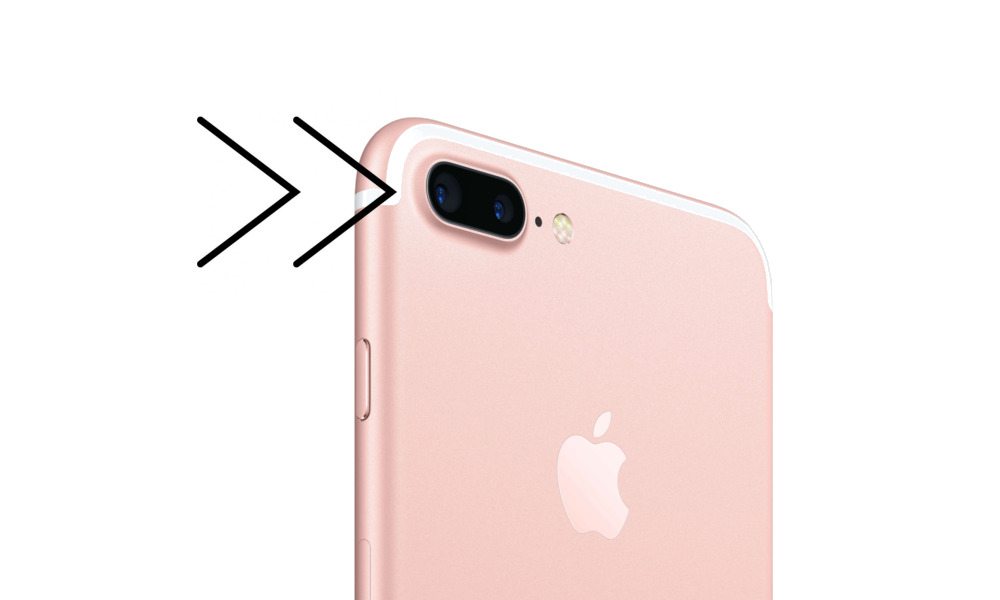Apple’s Supposedly Tough ‘Sapphire Glass’ Doesn’t Live up to Expectations in New Scratch Test

Toggle Dark Mode
Since the introduction of the iPhone 5s, Apple has boasted the use of sapphire glass for the camera lenses used on their smartphones. Sapphire glass, another name for colorless synthetic sapphire, is desirable as a camera lens due to its hardness – rated around ‘9’on Mohs Scale of Hardness, right behind diamond and moissanite. Sapphire glass is almost impossible to scratch with everyday objects. Many watches, including the Apple Watch, sport a sapphire glass display, and before the release of the iPhone 6, there were plenty of rumors floating around the internet claiming that the entire display would be made of sapphire glass – much harder than the popular Gorilla Glass found on many smartphones, which sits at 6.8 on the Mohs Scale of Hardness.
A new video by JerryRigEverything, however, puts Apple’s famed sapphire glass camera lens to the test, and it doesn’t quite perform how one would expect. When compared to the sapphire glass covering a Tissot watch, the camera lens on an iPhone 7 scratched using a much softer pick than the Tissot watch. The sapphire glass on the watch resisted scratches until a pick rated at a Mohs 8 was used. The camera lens, however, scratched using a Mohs 6 pick – no harder than regular tempered glass. Scratch tests on the iPhone 5s, iPhone 6, and iPhone SE yielded the same results.
So has Apple been lying this whole time about their sapphire glass camera lenses? Well, as the video demonstrates, not exactly. Using such tools as a diamond tester, an XRF (X-ray fluorescence machine), and a nearly $1 million Electron Microscope, JerryRigEverything concluded that, although Apple does use sapphire in their lenses, it isn’t pure sapphire. The sapphire found in Apple’s lenses contains several contaminants, namely carbon and silicon, which weren’t found in the sapphire cover for the Tissot watch. Apple’s lens also contains a thin layer of silicon and niobium, placed there intentionally to reduce internal reflection. JerryRigEverything was unable to test whether or not the display on the Apple Watch was made of the same “impure” sapphire glass as the iPhone camera lenses, or if it’s a more consistent, harder sapphire glass akin to the cover Tissot watches use.
Apple isn’t technically lying when they advertise their sapphire glass camera lenses, but the advertisement is a bit misleading. The question posed at the end of the video says it all – “how impure can your sapphire be and still call it sapphire?”
Do you think Apple was misleading?
Or do you think that this issue has simply been blown out of proportion?
Let us know in the comments!






